The 7 best sports cars your money can buy right now
If the time has come for you to finally indulge that inner boy-racer fantasy, or perhaps you just want to feel the kick of a proper, hard-hitting performance car, here are some of the best that you’ll find for a reasonable pricetag…
Buying yourself a performance-focused sports car is not for most people and it’s a mindset you can’t teach them, because they don’t get it like you do.
Non-enthusiasts need not apply when it comes to doing the pedal dance, trail-braking and reducing unsprung mass, as these are terms only the initiated can understand.
There are sports cars out there that give the illusion of being your best friend, seducing you with their aggressive styling, their sexy interiors and their highly-strung engines that burble, exhausts that crackle and their enticing curves. But behind the allure is a brand waiting to sell you out, suck out your soul and leave you a broken, torn and jaded individual - unless of course you become a devoult cult member.
Here is a bunch of sports cars that are built properly, won’t let you down and are backed up by brands that aren’t gagging to rip you off the moment you pull into the service department.
Kia Stinger: Last chance
Kia's Stinger turned heads when it first hit the scene back in 2017 and it continues to do so. But sales have tapered off in recent years, as buyers shuffle like herds into the fields. SUV fields. It’s so bad in some markets that Kia has had to cut the Stinger from the showroom, and it’s on the chopping block here in Australia.
Kia Australia says there are just a handful of Stingers left - as few as 40 units still in dealerships. And given they’ve sold in higher numbers every month this year, 2023 is officially the last model-year for Stinger. So get one while you still can!
The Stinger combines a stylish, grand-touring exterior with a choice of punchy powertrains, including a twin-turbo V6 flagship that produces a thrilling 274kW and 510Nm. Its rear-wheel-drive setup and Nurburgring-developed chassis make it a true driver's car, offering high levels of engagement and genuine performance characteristics, such as power-oversteer. Acceleration from 0-100km/h is claimed in just 4.9 seconds, too. So it’s bloody quick.
If outright power isn’t your thing, Kia also offers a 2.0-litre turbo-petrol four-cylinder version that produces 182kW and 353Nm, which is enough to see 0-100km/h dispatched in a claimed 6.0 seconds. It can be specified with the GT-Line trim as well, so it looks almost identical to the GT V6. These two engines can be had in GT-Line and 200S trim, or GT and 330S trim for the V6.
Take a look inside and you’ll find a superb blend of luxury and quality detail. A trio of aviation-style air vents run across the top fascia, with sophisticated metallic trimmings and switchgear everywhere else. It may be Kia’s first rodeo in terms of being a rear-wheel drive sports sedan, but it hasn’t forgotten about its industry-leading achievements in practicality and cabin convenience.
The Stinger presents perfect placement for the controls with just the right amount of buttons and integrated functions. This cabin isn’t so complex that it makes your eyes (and brain) weep in agony, but it’s smart enough and advanced enough to keep savvy motorists happy.
Up on the dash is a 10.25-inch touch-screen running all of the latest apps and tech integration that you need and want, with a semi-digital gauge cluster for the driver. Although fully digital clusters are in fashion at the moment, it’s great to see some proper analogue dials bouncing around for a change. The GT adds special readouts for things like oil temperature and real-time turbo boost pressure. So that’s fun.
What about passenger space and boot space? Yes, passengers will fit in the boot if that’s your prerogative (or line of work). But a better spot for them is in the seats, which are large, supportive in the corners, and comfortable for long journeys.
The boot volume is listed at 406L. Thanks to the fastback design incorporating a tailgate, the rear seats can be folded down to open up a wagon-like cargo area, expanding that volume to 1114L. That’s about the same as a decent medium-sized SUV.
Without the Kia Stinger the market has no real connection to the classic Aussie sports sedans of yesteryear. It is a well-sorted package for driving enthusiasts yet it’ll still serve plenty of purpose as a conventional sedan – police departments in some states and territories have enlisted the Stinger for these reasons.
Here’s why you need a Kia Stinger before they’re all gone >> Or even second-hand, it’s still going to be a brilliant car.
2. Toyota GR86/Subaru BRZ
The successor to the iconic 86, the Toyota GR86 – and its identical twin, the Subaru BRZ – is a sports car designed for driving purists. Rear-wheel drive, a lightweight platform, and a naturally aspirated 2.4-litre flat-four engine delivering 173kW ensure a thrilling experience. It's an affordable sports car that embodies the essence of driving fun.
First, the good stuff. The GR86 is a hoot to drive. Toyota has gone back to the basics, and the engineers have nailed it once again. The new 2.4-litre engine provides 22kW more power than the old 2.0L model, but, more importantly, it delivers up to 38Nm more torque. Torque is the stuff that pushes the car along and gets you going. And after all, if it wasn’t for torque, there would be no power; torque multiplied by revs equals power.
The old model had a ‘flat spot’ engineered into the power curve on purpose to help improve efficiency and emissions. But this was placed right at the meaty part of the rev range, at around 4000rpm. That caused a noticeable dip in delivery from behind the wheel as the engine sat floating in la-la-land for a split second or two.
Now, with the new engine, that power curve is more linear resulting in smoother delivery and a more natural feeling of forward progression. Not only is there more torque, at 250Nm, but the peak figure is now available from 3700rpm, whereas before you had to reach 6400rpm to experience its lower peak figure of 212Nm.
Out on the road the new engine really transforms the coupe's cross-country breadth and overall performance. It feels natural and, in a sense, more traditional to sports car ethos. This results in heightened levels of driving pleasurable overall. With good low-end response you can leave it in higher gears, or, if you’re having some fun on a winding road, the new engine can catapult you away from corner exits with less effort than before – and you don’t have to look like a startled seagull revving the guts out of it.
The cabin has been refined with the inclusion of more soft-touch materials and so on, but it's definitely no luxury experience. Some cheap plastics and dated technology plague the cabin, making it feel a tad behind current standards. The infotainment system, while functional and user-friendly, is nothing to write home about either, with a smallish touch-screen and basic graphics.
This is a very low sports car so be warned, you might need to touch up on your yoga skills to bend down to get in, and unfold yourself to get back out. This is not really a downside but rather an observational warning, because this is just the nature of the car; a sports coupe. Similarly, nobody complains about a Ferrari being too fast. As such, rear seat space is very limited. Forget yoga, you need to be a contortionist to fit in here.
What this car is about, and always has been about, is the driving experience. It is a delightful little sports car that delivers on the promise of driving joy. It's raw, engaging, and genuinely fun to pilot. If you're a die-hard driving enthusiast seeking a weekend warrior, the GR86/BRZ could be the car for you. Reliability has generally been pretty good with the old model so you could expect similar longevity with this new one.
3. Hyundai i30 N
Hyundai's i30 N is a hot hatch that means business. With up to 206kW on tap, hardcore suspension and a limited-slip differential, it's capable of putting a smile on your face every time you drive it. But it is pretty serious which means it won’t suit everybody, particularly those in the pursuit of smooth and relaxed motoring.
Out of nowhere, Hyundai has burst into what is a very tough segment and one that often requires decades of experience to capture any sort of fanbase, let alone buyers. By using former BMW M boss, Albert Biermann, Hyundai has not only pulled it off. It has reset the benchmarks in many areas.
The first benchmark is the area of adjustability. The i30 N comes packaged with all kinds of cool gizmos and modes that you can play around with. Two modes for the exhaust system, for example. These are proper exhaust modes as well and not just fake speaker-produced noises; there’s a mechanical flap in the muffle to alter the sound.
You also have different modes for the limited-slip differential, the gear shift speed (if you’ve opted for the auto), and the suspension. And you can mix and match these parameters and make up your own concoction of cherished characteristics. Once pre-set, the interesting-looking button on the steering wheel labelled ’N’ can then be used to beam you across into your euphoria.
The other benchmark is the sheer performance. With 206kW and 392Nm from its 2.0-litre turbo four-cylinder engine, it is one of the most powerful front-wheel drive hot hatches on the market. And if you opt for the eight-speed dual-clutch (wet type) automatic, you’ll see 0-100km/h completed in 5.4 seconds. The standard, adjustable-rev launch control system can help you do that.
With a completely flat cornering attitude with essentially zero body roll, it rails around corners much like a racing car. Suspension strut braces are fixed front and rear to provide a bone-rigid chassis, which means you get unfiltered communication through your seat and steering wheel. It tells you how the vehicle is handling, gripping and what it anticipates next, with zero delay.
And then the final benchmark is that it performs its duties as a practical hatchback with no compromise. Sorry, what about the firm ride? Yes, but in terms of cabin practicality; passenger space, ease of use, placement for controls and intuitiveness, and boot space. This is the same, in these areas, as the regular i30 hatch.
Hyundai vehicles are usually very good at this sort of thing anyway, so it’s not like the company doesn’t have experience with this. It means you could use the i30 N as an everyday vehicle; commuting, going to the gym, shopping, and even taking on a road trip.
If you’re not a driving fan, then yes, the suspension is going to be too firm for you. You’re better off in the just-as-brilliant i30 N Line, especially the sedan version which is based on the company’s newer K3 platform and includes the latest twin-screen dashboard.
It is one-of-a-kind and likely the last of an era, as Hyundai’s N division has said it won’t be making many more new petrol-powered N models. The 2024 i30 Sedan N is expected to be the last. Savour the moment while you can.
I'll help you save thousands on a new performance car here
Just fill in this form. No more car dealership rip-offs. Greater transparency. Less stress.
Best sports cars continued…
Mazda MX-5
The small, light, nimble two-seat sports car that absolutely refuses to care if you think it needs more power. It’s an unapologetic driver’s car designed purely for those who want to exploit what’s given to them. MX-5 will test your talent envelope, much like a go-kart.
MX-5 brings out your dormant talents that lay hidden beneath the drab, monosyllabic nature of most modern cars. If you want to overtake, you have to make that happen with your eyes, your hands, your feet.
There’s no spooling turbocharger helping you under the bonnet, just a 2.0-litre atmo-four drinking 95 RON fuel. You won’t be taking much luggage, because the boot is tiny. And cabin space is strictly premium.
There are many compromises in this car, but that’s because when you accept them, and learn how to use an MX-5 properly, you get an indescribable kick out of driving. Pick the manual for ultimate driver engagement and use every one of the 135kW Mazda has given you.
4. Hyundai i20 N
Don't let its size fool you; the Hyundai i20 N packs a punch. With a 1.6-litre turbocharged engine churning out 150kW, it's a pocket rocket in the truest sense. Agile and precise, it darts through corners with enthusiasm. The i20 N proves that big thrills can come in small packages.
Following in the footsteps of its bigger brother, the i30 N, the i20 N is the second hot hatch to launch from the newly-found Hyundai N sub-brand. It does compete in the shrinking compact hatchback segment, however, in some ways it is the more practical and economical alternative to the bigger i30 N.
More practical? It’s obviously not larger, so the boot measures 310L instead of 381L in the i30. In terms of driving, though, this is quieter and there are fewer modes and settings to play around with, so it’s not as overwhelming.
Passenger space inside is surprisingly good. Engineers and designers have cleverly packaged this together to optimise the available cabin volume. It doesn’t feel cramped, especially in the front.
The dash and console are positioned forward and low down, respectively, and there are a variety of storage holes and cup holders and things like that. There’s even a centre console box and armrest lid.
Unlike the i30 N hatchback, the i20 N comes with a digital gauge cluster with customisable display options. There’s also a 10-inch touch-screen which is very simple to navigate, and packed with digital radio, Android Auto and Apple CarPlay, and an eight-speaker sound system.
Rear seat space is not as confined as you might think. The ceiling is relatively high and it doesn’t swoop down towards the back like in some crossovers and SUVs. This leaves plenty of clearance for adults. The cabin width is the main hurdle. As long as you’re not planning to circumnavigate Australia in it with five people on board, this is totally fine for four adults. It’s cosy but comfortable.
The driving characteristics are the main attraction. Hyundai has absolutely succeeded in creating a fun and capable machine. It corners hard and feels natural and very engaging, and since it only weighs 1213kg (tare), all of the controls are incredibly responsive and trustworthy.
Across a winding country road the i20 N is such a joy to drive. The sporty exhaust note enhances the atmosphere – although it's not too loud – and the feel through the steering and energetic turn-in will make you want to take the long route every time. It is a textbook hot hatch to drive; raw, fast and incredibly entertaining.
6. Toyota GR Yaris
The Toyota GR Yaris is a rally-inspired hot hatch that has taken the world by storm. With a record-breaking 1.6-litre turbocharged three-cylinder engine producing 200kW, and a sophisticated all-wheel-drive system, it is a pint-sized powerhouse that surprised everyone.
Of all the car manufacturers out there, who could have guessed Toyota would be the one to create a mutant, Group B rally-inspired hot hatch with all-wheel drive and a bonkers engine? Nobody. This is the same company that builds the humblest vehicles in the world, with the Corolla and Camry. Where did this even come from?
Back in 2007, Toyota competed in the 24 Hours of Nurburgring. The company’s vice president, Akio Toyoda, also drove for the team. However, Toyota wasn’t completely behind the team and thus the team couldn’t be called ‘Toyota Racing’ or anything related.
So, the small team came up with a nicknamed; Team Gazoo. The word Gazoo translates to mean ‘image’ and it was intended to be the name of a portal site for the team. Fast forward a few years and the name eventually stuck and became the hub for all things related to racing, vehicle development and driver development, mainly at the Nurburgring.
Today, the Gazoo name has become Toyota’s Hyundai 'N’ sub-brand. Anything you see from the showroom that wears a GR badge (Gazoo Racing) means it has been tuned or influenced, at some level, by this racing team.
The GR Yaris is the second completely unique model from Gazoo, following the GR Supra. Most of the car is completely bespoke, with hardcore Gazoo suspension incorporating a similar rear end to the larger Corolla (it swaps from torsion beam to multi-link).
Take a look at the bodywork. It’s no ordinary Yaris. The rear wheel arches bulge out like some kind of 1980s rally car, and the wide and open front end features special ducting and a large intake for the intercooler. There’s even a carbon fibre roof.
Inside you’ll find GR bucket seats and a GR sports steering wheel. Aside from those items it is similar to the regular Yaris. This is a small car so you shouldn’t expect much room inside.
Featuring just two doors only compounds this matter.
The GR Yaris presents an awkward driving position that sits too high, and the dash is chunky and doesn’t really focus around the driver. Toyota’s older touch-screen system, with basic buttons and controls spread across the dash, falls behind the current market standards. In some respects, it is very user-friendly. But on the other hand it doesn’t feel like a $50k-plus vehicle.
Fortunately, none of this really matters when you’re driving it. This is a rally car with number plates. The GR-FOUR all-wheel drive system incorporates an active torque-split front and rear distribution system, offering 60:40, 30:70, and 50:50 front-to-rear driving modes; Normal, Sport, and Track. Opting for the Rallye variant adds in a limited-slip differential for the front and rear axle – proper racing-car stuff.
Out on the road the 1.6L turbo is a strange beast. It gives off an off-beat buzz and the speed, at times, doesn’t match the sound of building engine revs. That’s because, firstly, it’s a three-cylinder so it is naturally out of balance. But, also, because it produces a monstrous 370Nm of torque from just 3000rpm.
There’s a big surge through the mid-range, and if you keep revving it you’ll eventually feel 200kW at 6500rpm. Each gear is very punchy, so hitting 6500rpm does not take long at all. It can catch you out if you’re not focused, leaving you bouncing off the rev-limiter.
Toyota says 0-100km/h comes up in 5.2 seconds but some drivers have achieved the sprint in under 5.0 seconds. Either way, it is easily the quickest-accelerating compact hatch in the world… currently on sale.
Why did Toyota, or Gazoo Racing for that matter, opt for a three-cylinder? To break records. It offers the highest specific output of any Toyota road car in history, at 125kW:1L of engine capacity. That figure is one of the highest in the world, too. At 200kW, it is the most powerful three-cylinder production engine in the world. Who said Toyota doesn't have a sense of adventure (and humour)?
The issue with the GR Yaris is getting your hands on one. Production is very tight and every allocation that has come through for Australia has sold out instantly. The starting price is very steep as well, kicking off from $51,390 and from $56,390 for the Rallye variant. Resale value is likely to remain high for some time, if that's any consolation.
5. Ford Mustang
The Ford Mustang is an automotive icon, and for good reason. It's a symbol of American muscle that delivers a highly animated, almost cartoonish driving experience. With multiple engine options, including a thunderous V8, the Mustang provides a range of power and performance levels to suit different tastes. Its unmistakable design and character make it a true legend in the performance world.
Despite measuring in at just under 4.8m long, and 1.9m wide, the Mustang’s interior is more intimate than you might expect. There is heaps of legroom in the front, which is typical of these traditional long-bonnet sports cars, but headroom isn’t great.
The centre console stands quite tall as well, making you feel really tucked into the cabin. A nice and natural driving position helps, but again, the external dimensions suggest this cabin should be much roomier than it is.
And that goes for the rear seat. It is very cramped, with almost no legroom when the front seats are rolled back a bit. Headroom is seriously restricted by the sloping rear windscreen. In fact, that’s what your head is up against. This also means sunlight beams straight in and cooks you.
The boot volume of 408 litres is useful, allowing for weekend trips and even a set of golf clubs. It would be even better if Ford did a fastback version which would open up the aperture.
You might be disappointed if you’re expecting pin-sharp driving dynamics and precision. This is a muscle car; it’s not primarily designed to carve up corners. Although it can, it is not the Mustang’s key focus.
The steering is heavy and doesn’t provide much feel, and the big heavy platform (1732kg for the manual) is not as rigid or as responsive as most competitors. You need to be careful with rear-wheel drive, too. With the V8, it can surprise you with unintended oversteer if you’re flippant with the throttle.
Ford Australia offers a 5.0-litre naturally aspirated V8 for the GT model. It produces 339kW and 556Nm, which can be sent through either a six-speed manual or 10-speed auto. Either option is great, depending on what you prefer.
Going for the manual obviously means it is driver-intensive; you need to change gear. And with the V8 burbling away, it is a thoroughly entertaining experience, with every gear. The gearshift action is solid and mechanical, and a bit clunky, but the MT82 gearbox by Getrag is a strong unit. But it can be difficult to shift quickly.
The manual is the recommended choice if you’re planning on doing more cruising than ripping up the drag stripe or hitting the race track. Each gear is very long so you can often leave it in third and let that big V8 torque pull you through. On the highway the engine spins at under 2000rpm.
As for the 10-speed auto? There are too many gears. However, driving along it does sound and behave like you have an aftermarket-style high-rpm stall fitted. The gearbox, especially in the sport and race modes, keeps the engine at the optimal revs so it can respond quickly.
Does that mean it uses more fuel? It’s a 5.0-litre V8. What sort of fuel consumption are you expecting? The official rate is 13L/100km for the manual and 12.7L/100km for the auto. Surprisingly, it is possible to achieve these figures in the real world. So long as you aren’t at the drag strip every other day.
If fuel economy worries you then you can always opt for the 2.3-litre turbo four-cylinder engine option. It produces 236kW and 448Nm, and it can be matched to either transmission as well. This level of power is still quite high, with 0-100km/h coming up in around six seconds.
The front end feels noticeably lighter in weight over the V8, creating an eager turn-in feel and slightly less cumbersome steering response. However, the 2.3L coupe with the manual weighs in at 1690kg. That’s heavy for a four-cylinder sports car.
Fuel consumption is rated at 9.6L/100km for the manual and auto, but in the real world you’re not going to achieve much better than 10-10.5L. This is partly because the 2.3 needs to work harder to maintain regular driving behaviours. In the V8, it merely chugs away while achieving the same progression.
Go for the GT V8 if you can, because it provides the full muscle car experience. If you’re thinking about the 2.3L model you might as well check out the GR86/BRZ, because it offers a more rewarding and, dynamically, more capable driving experience.



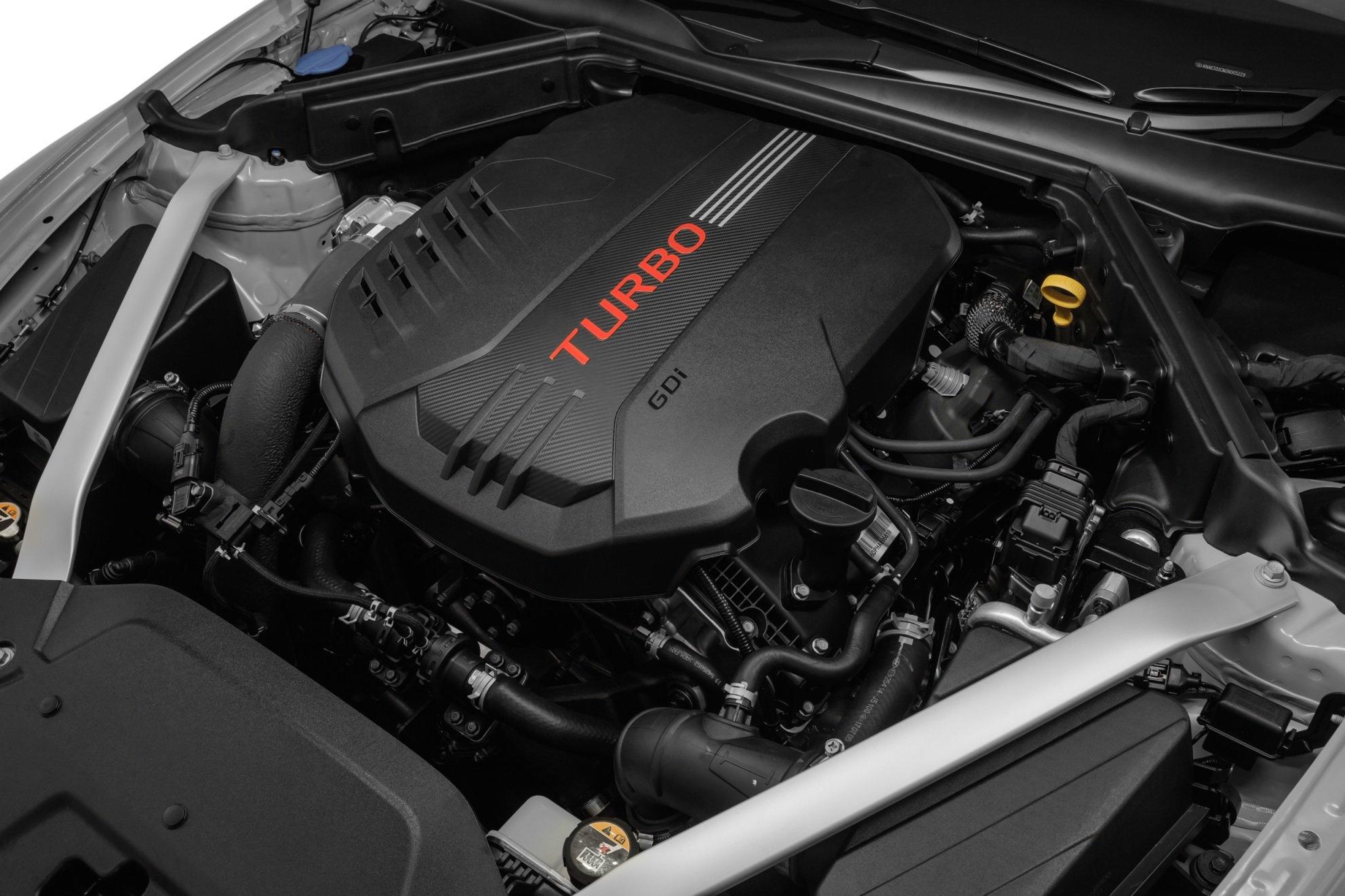
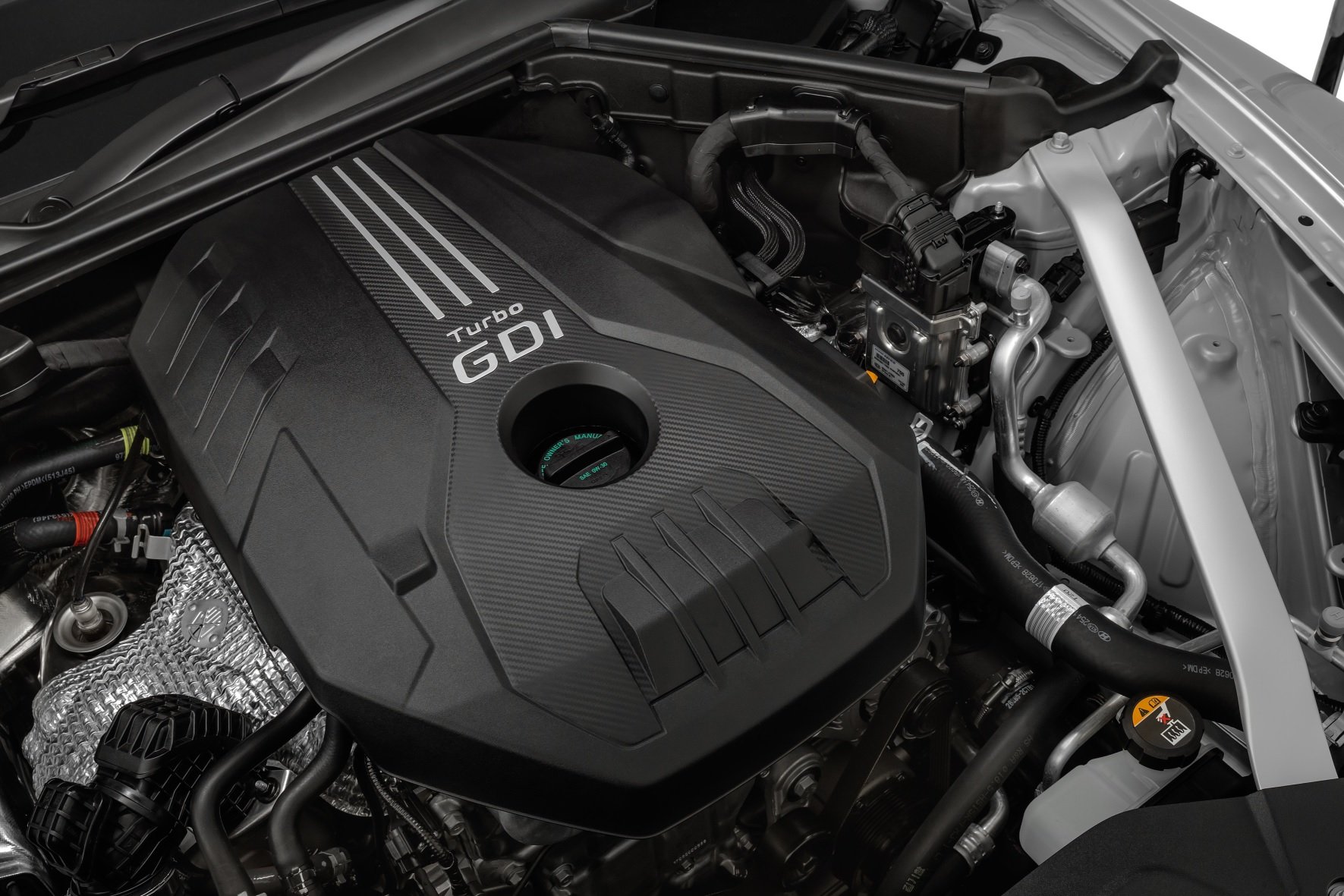
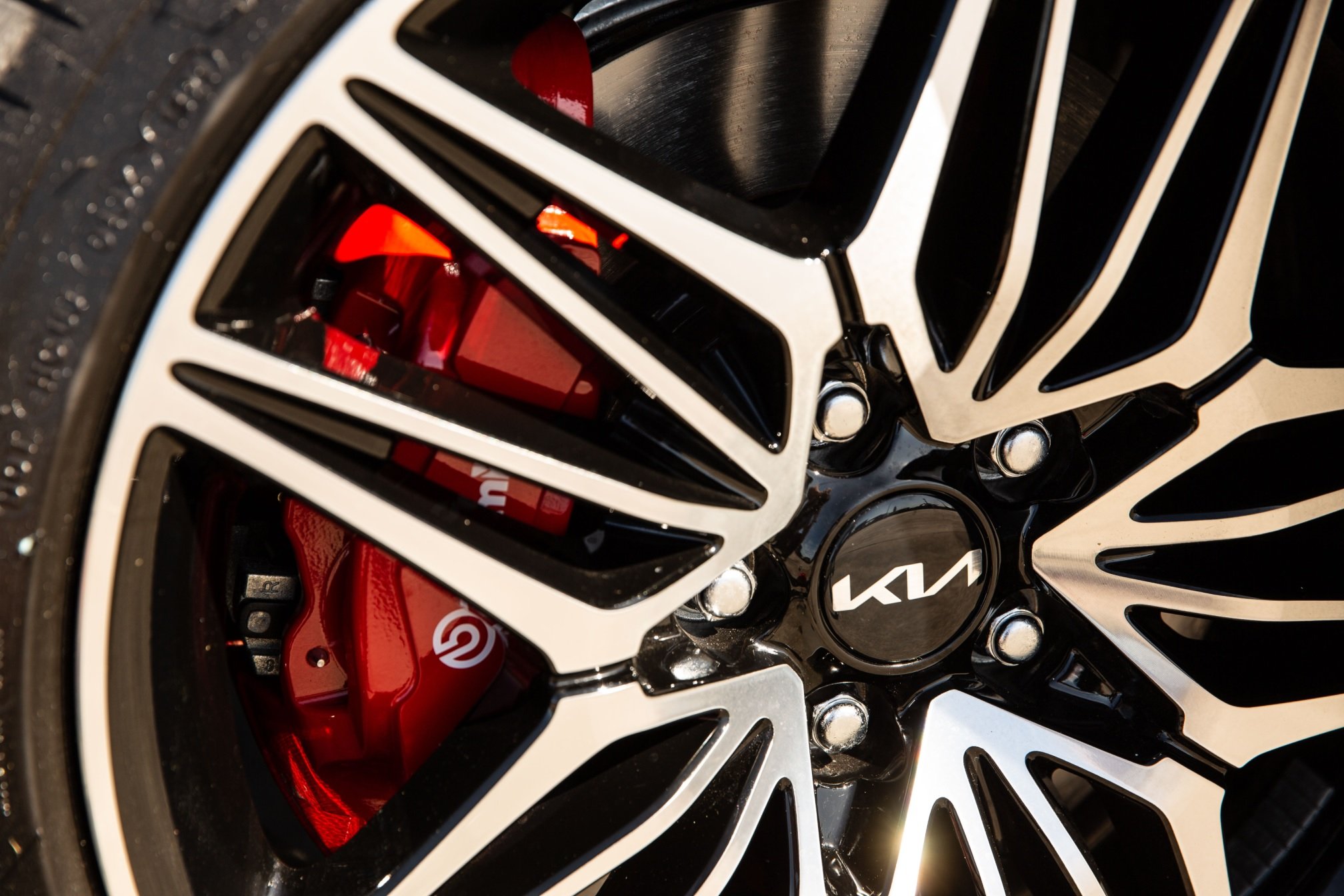
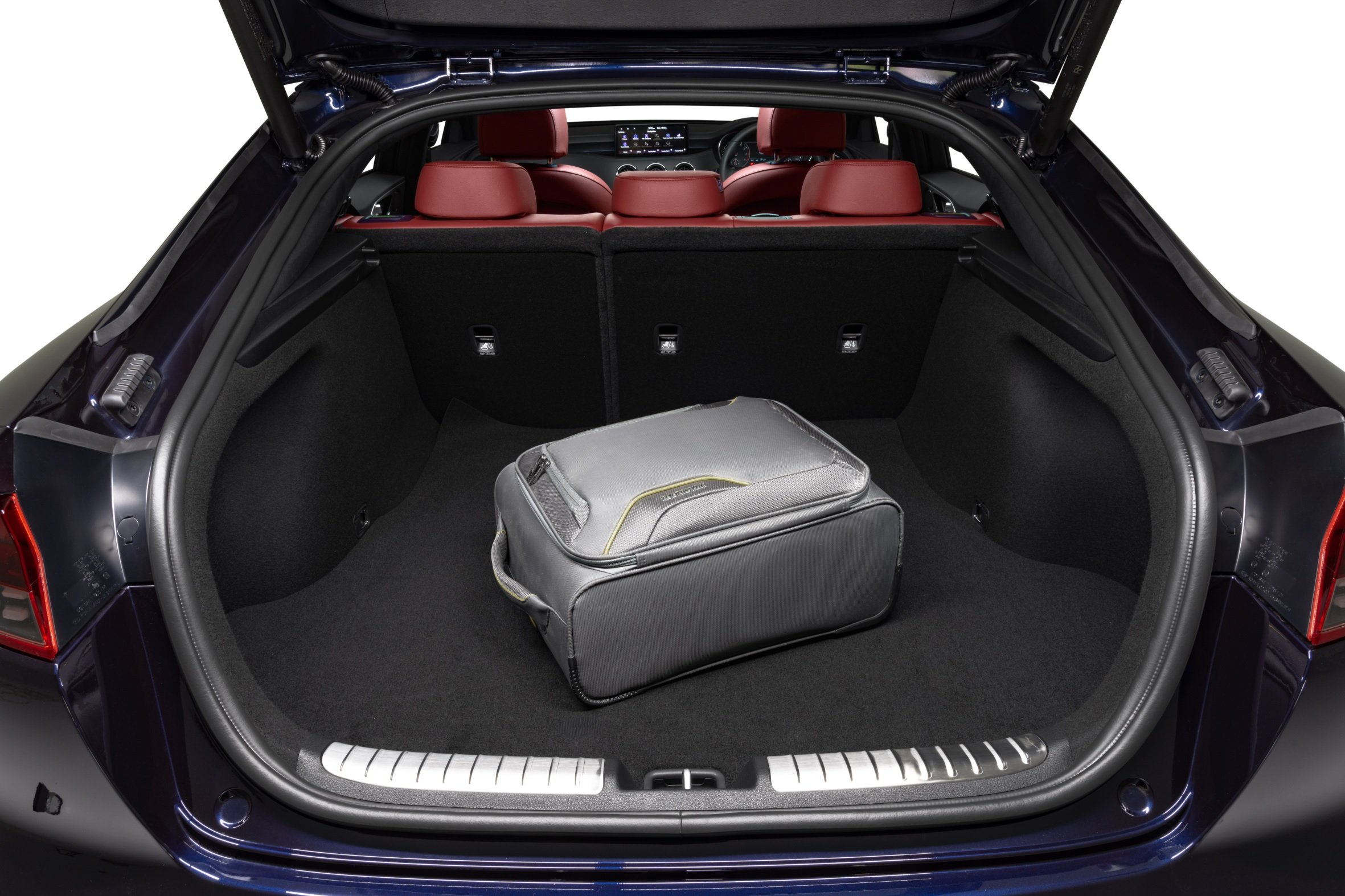
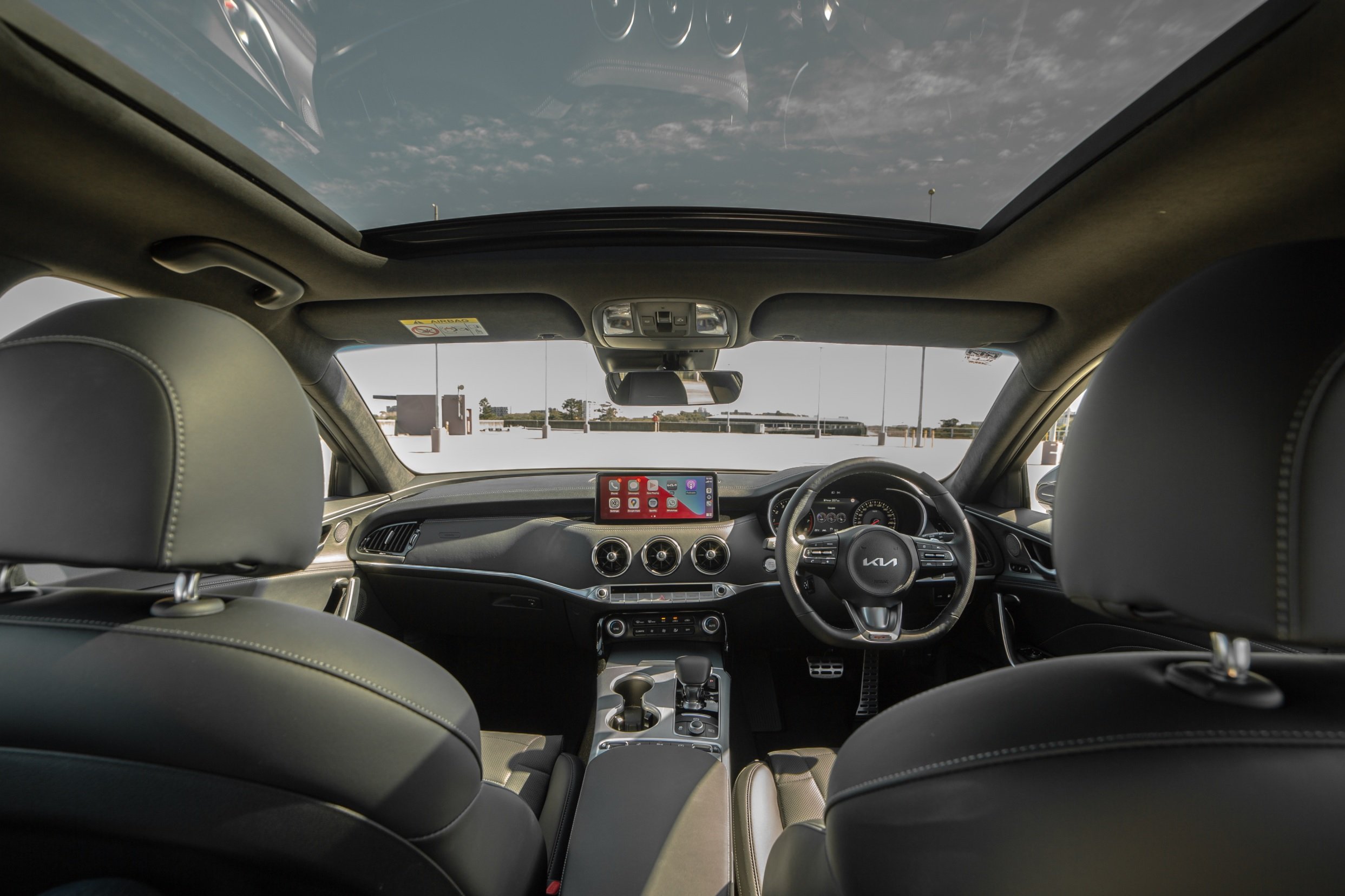

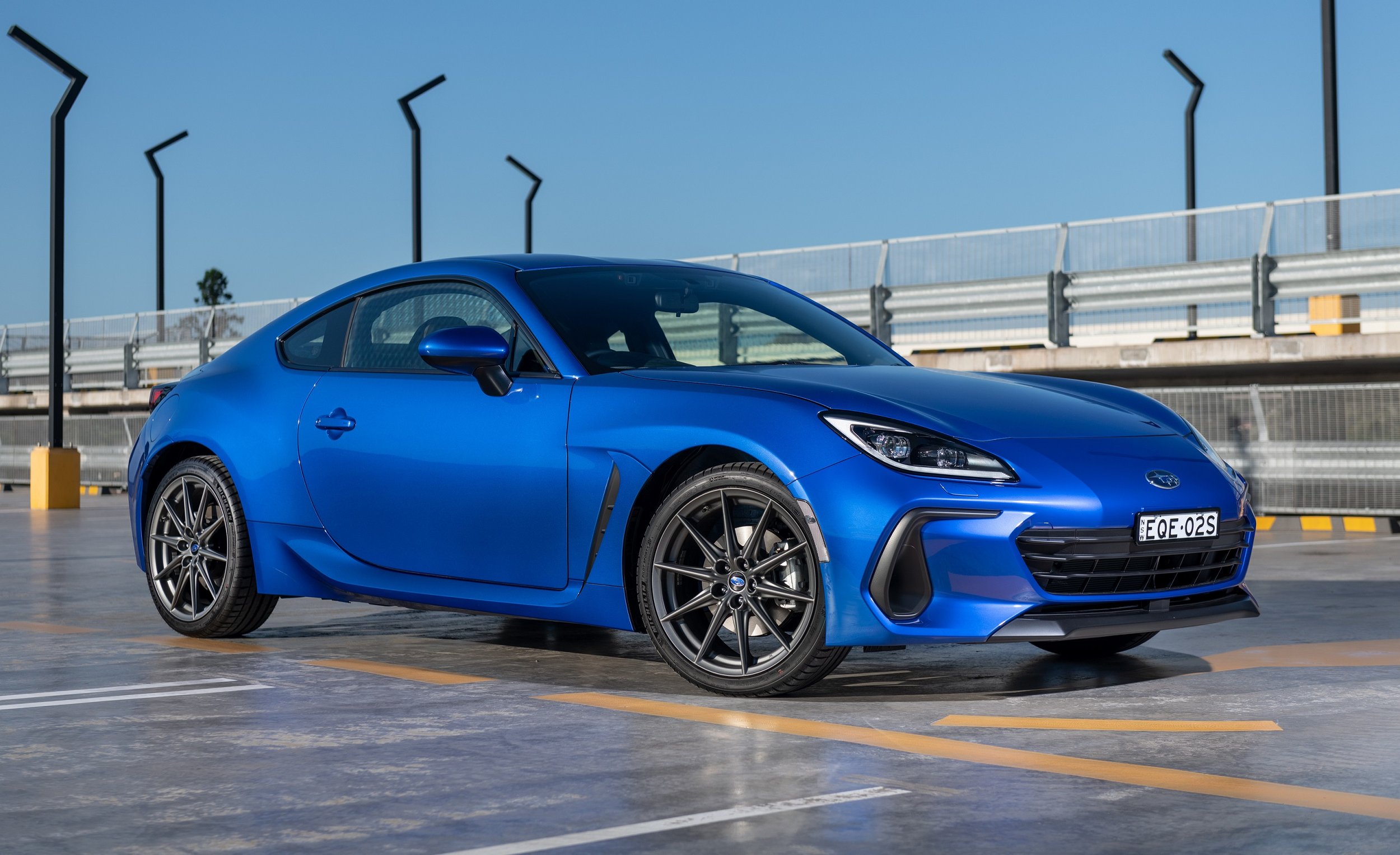

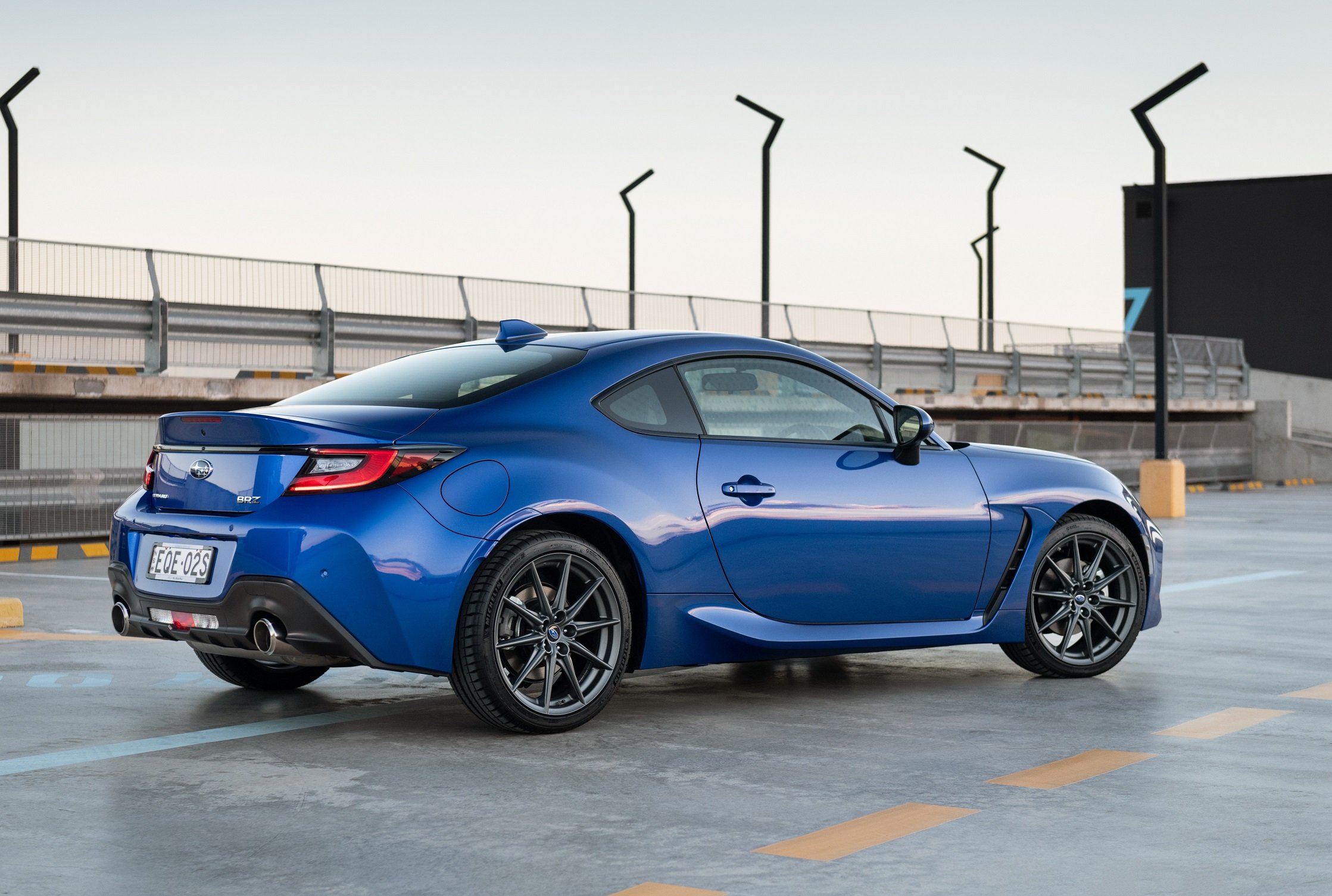
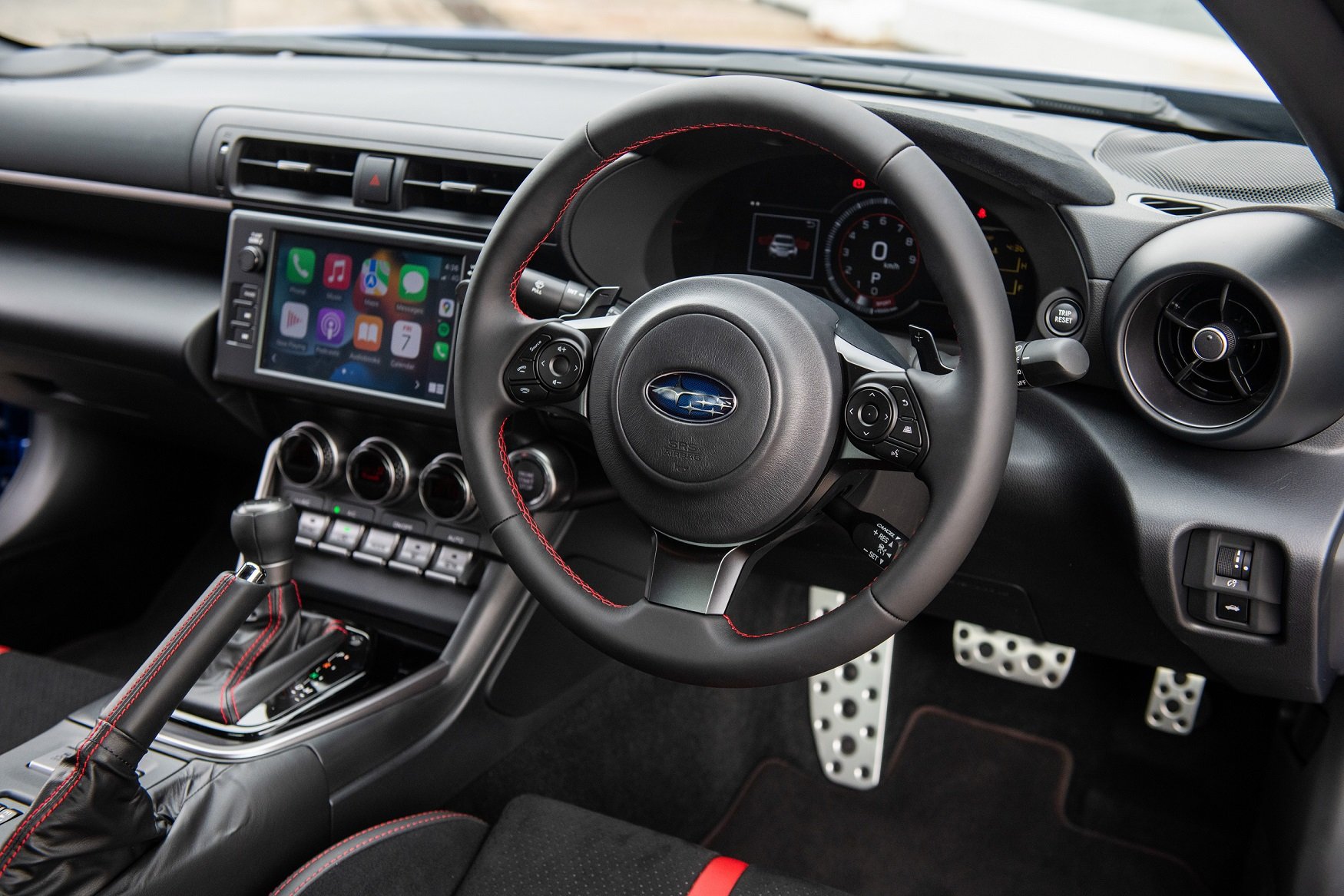

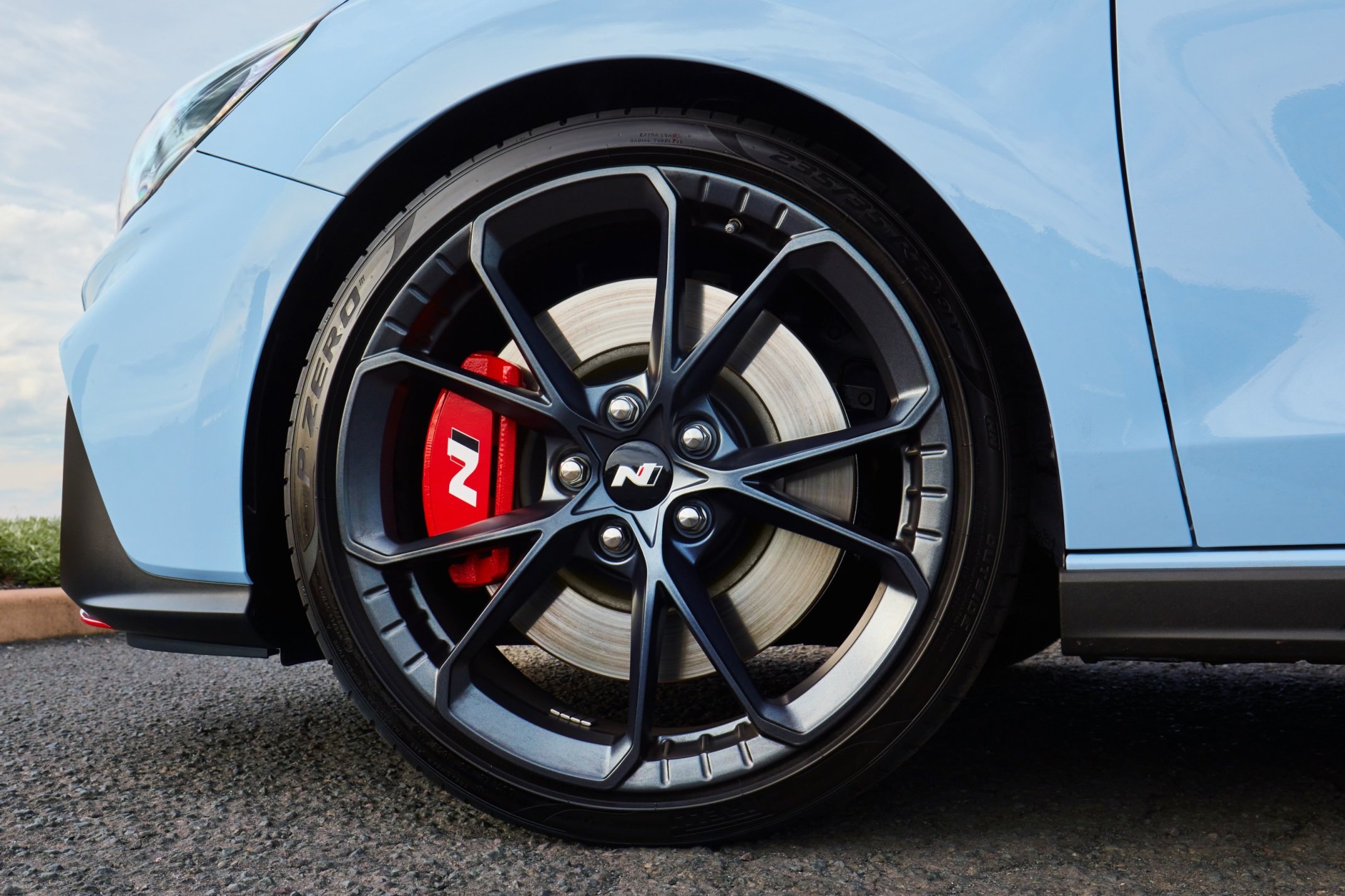
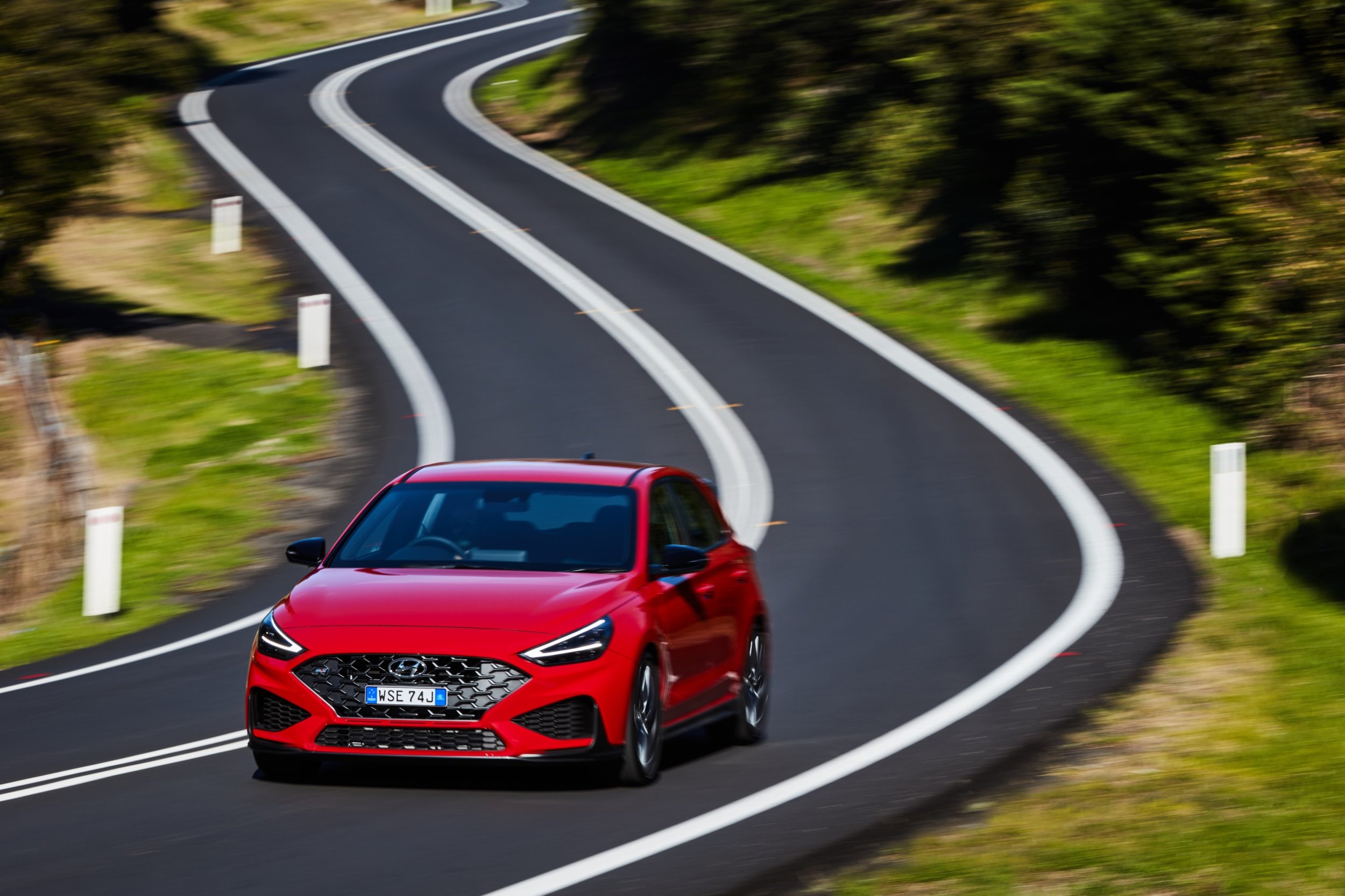
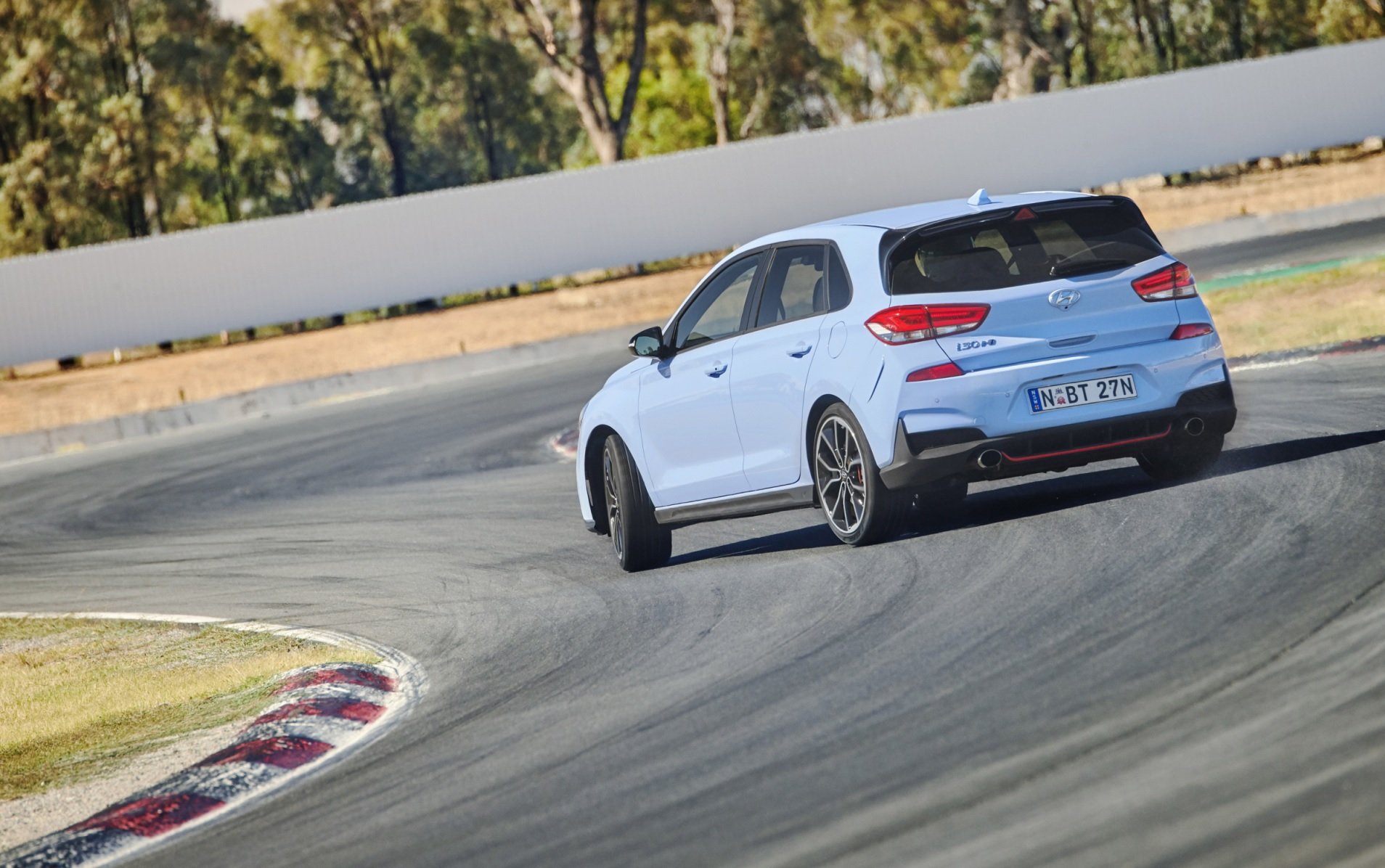
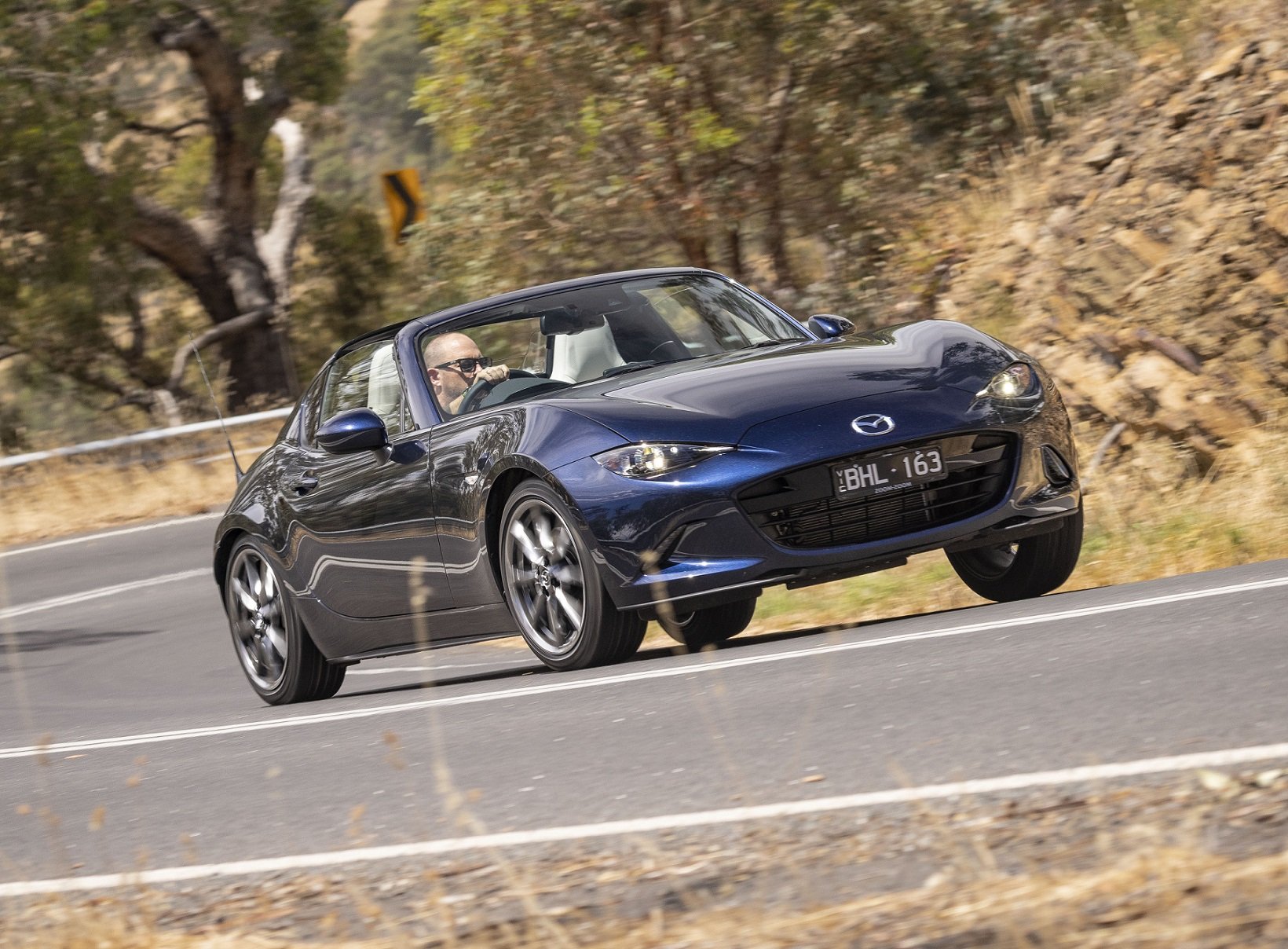
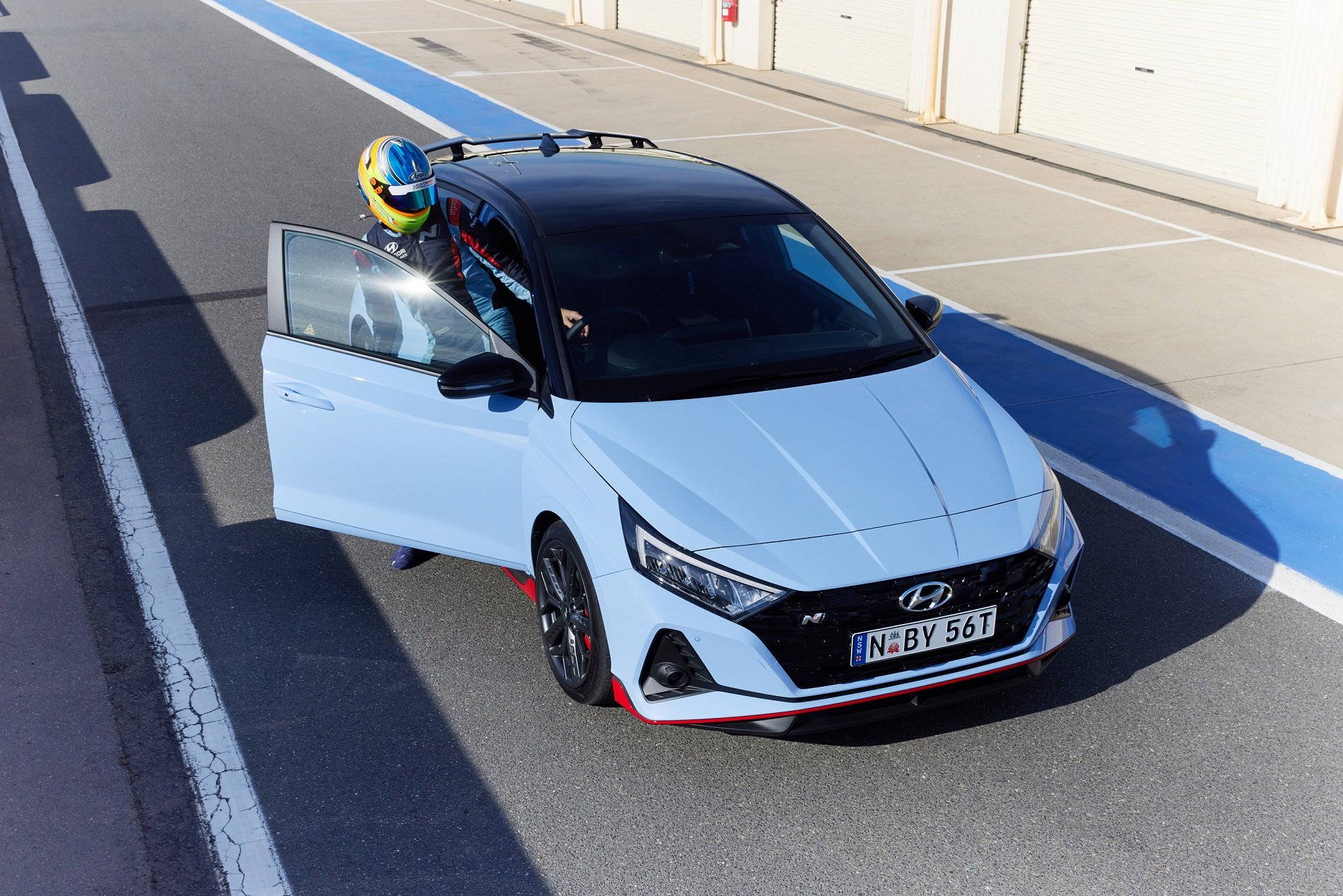

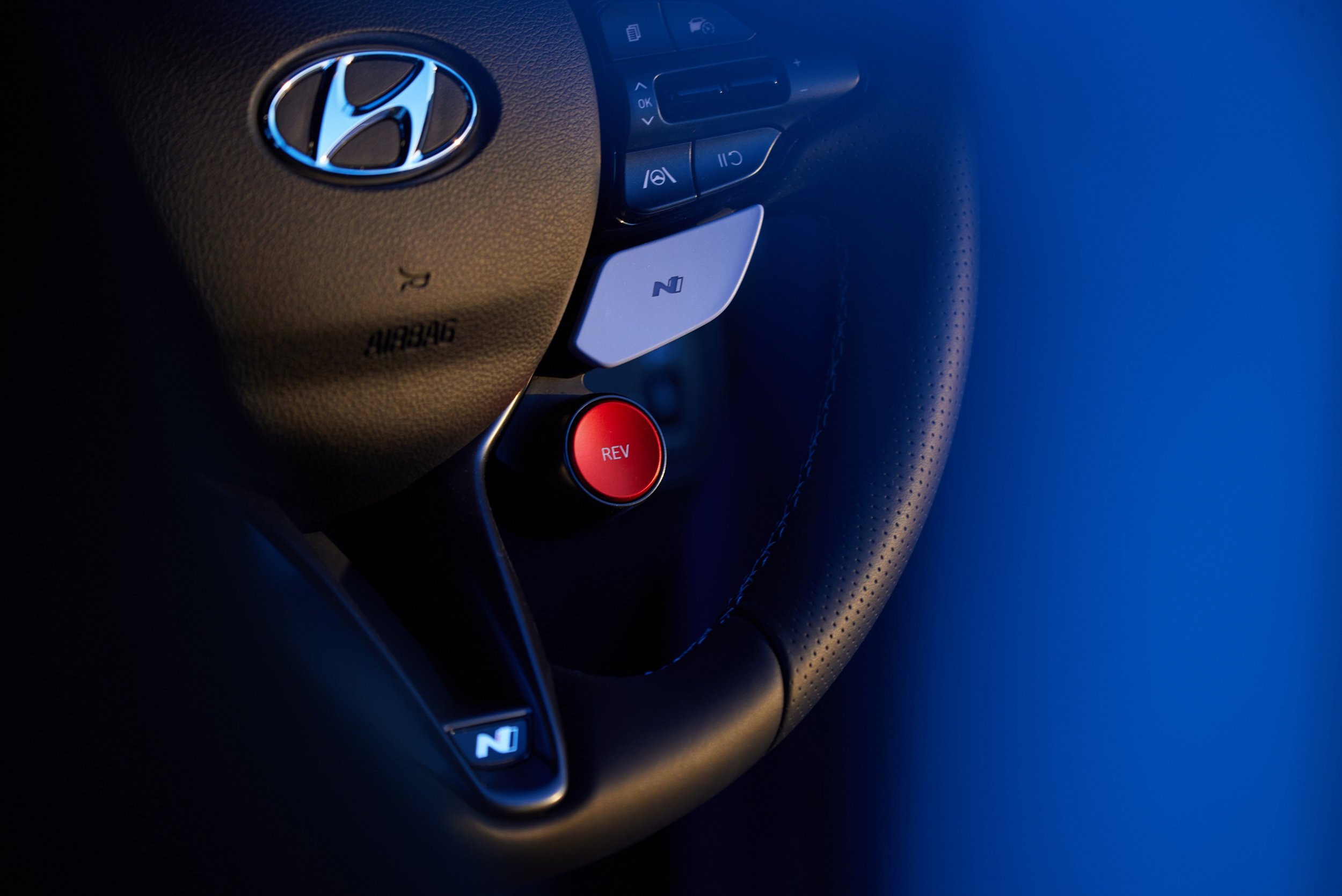
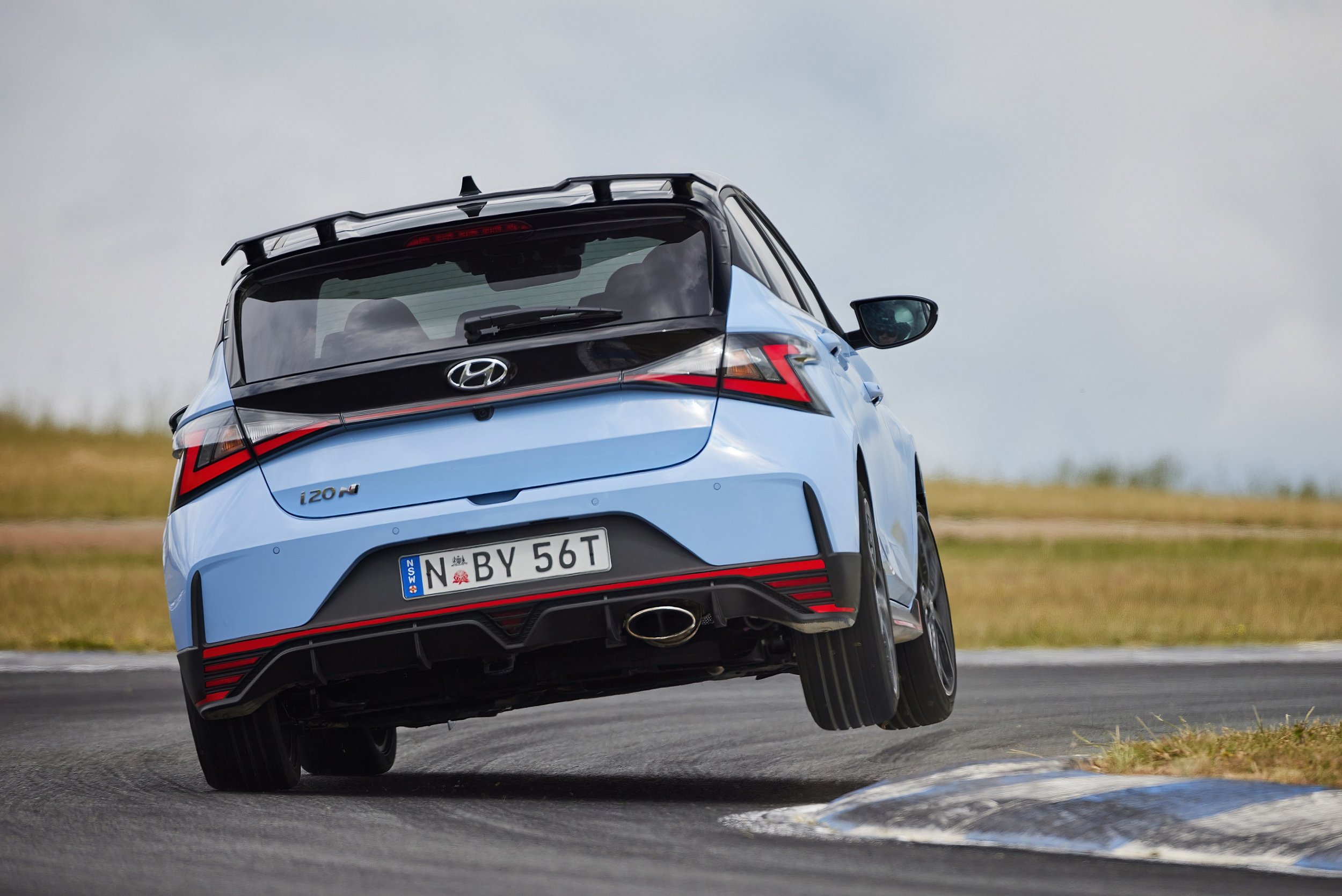
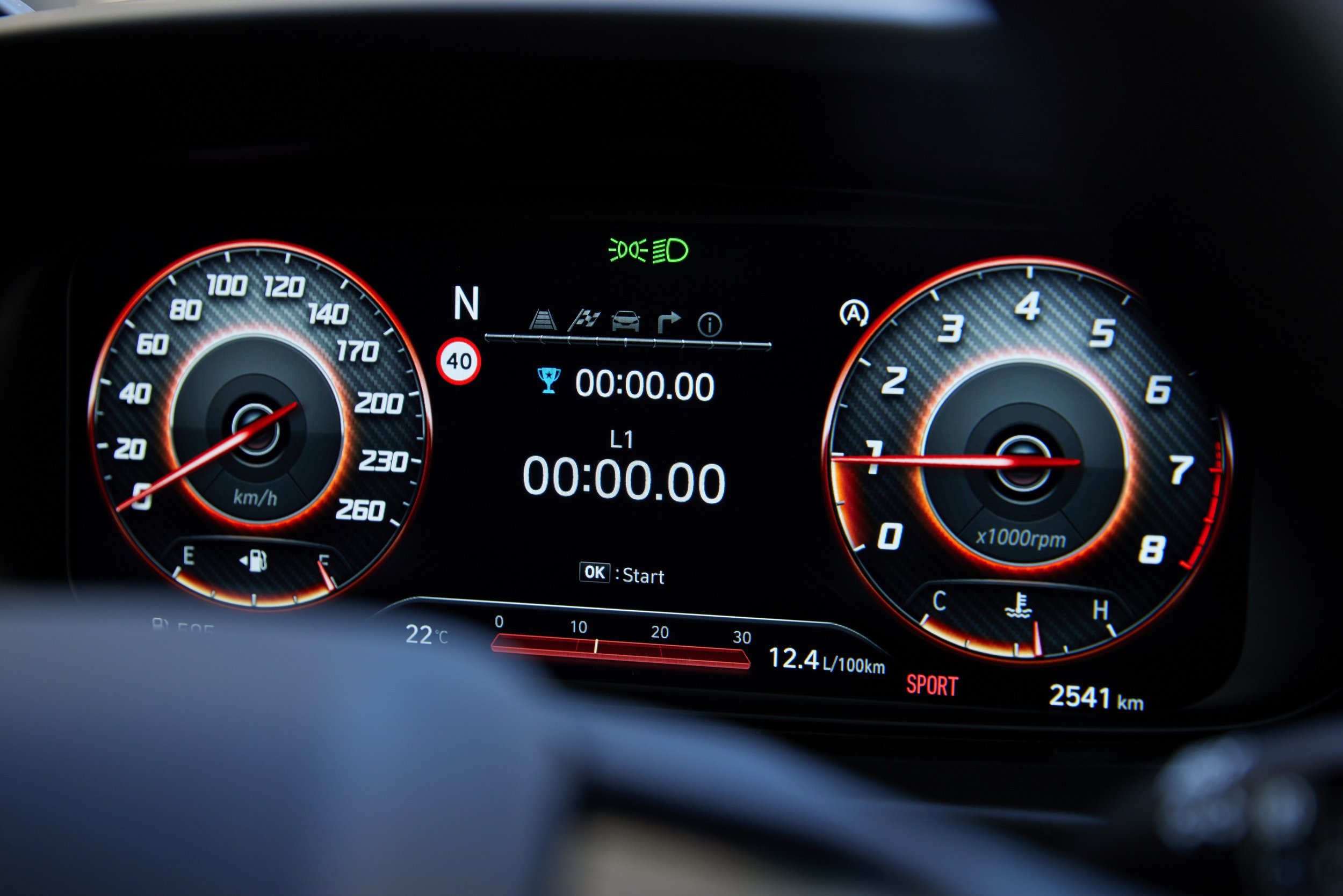
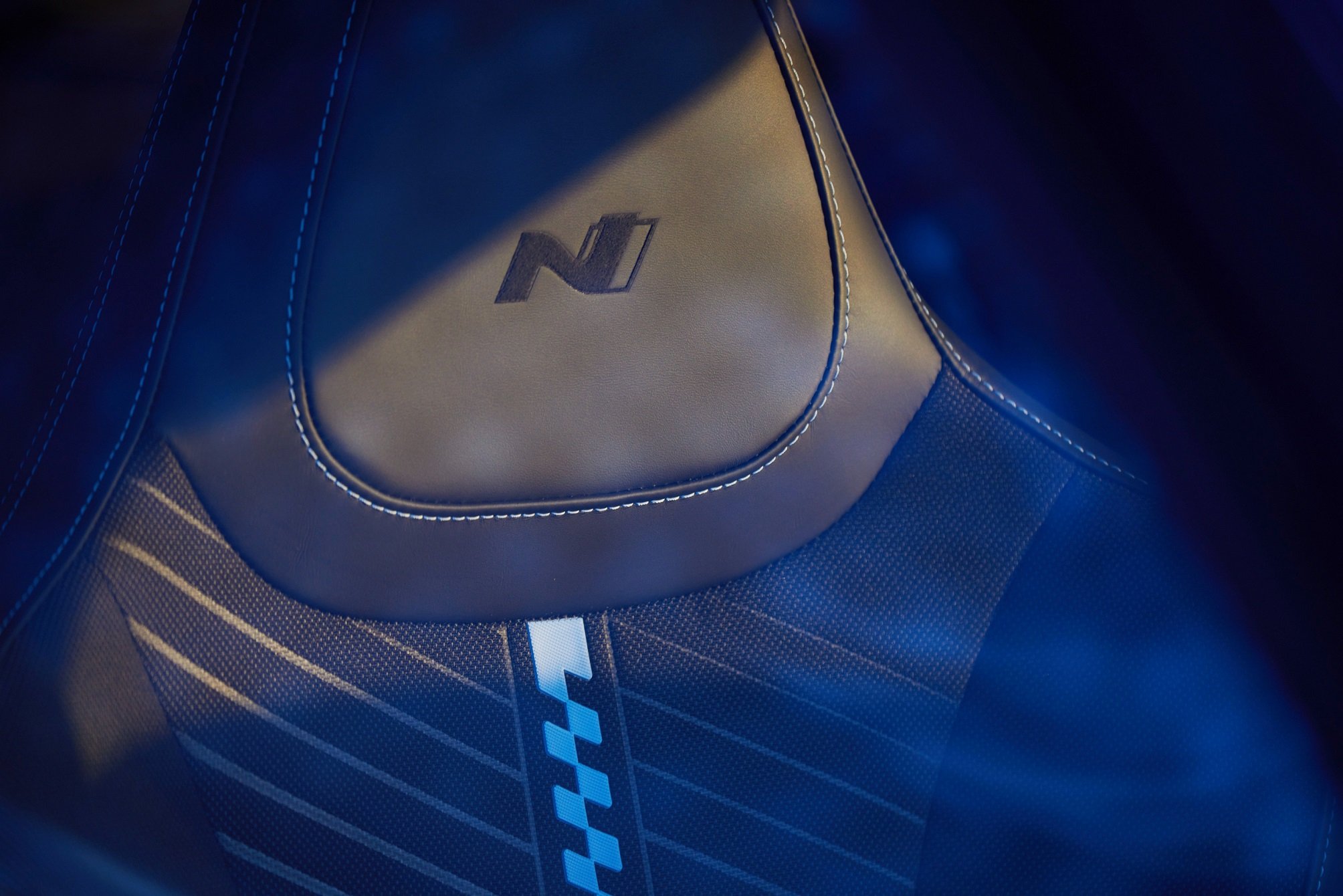


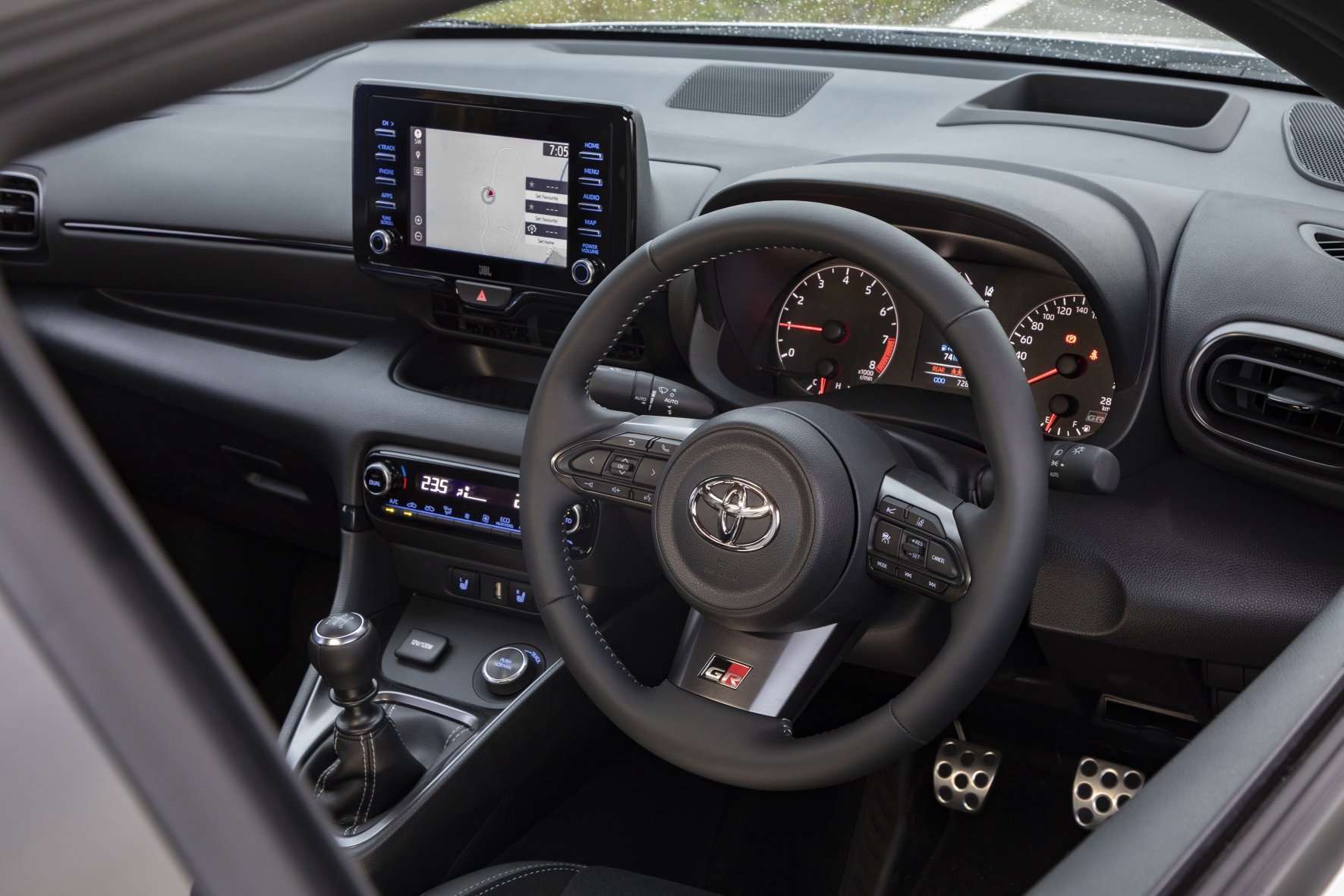
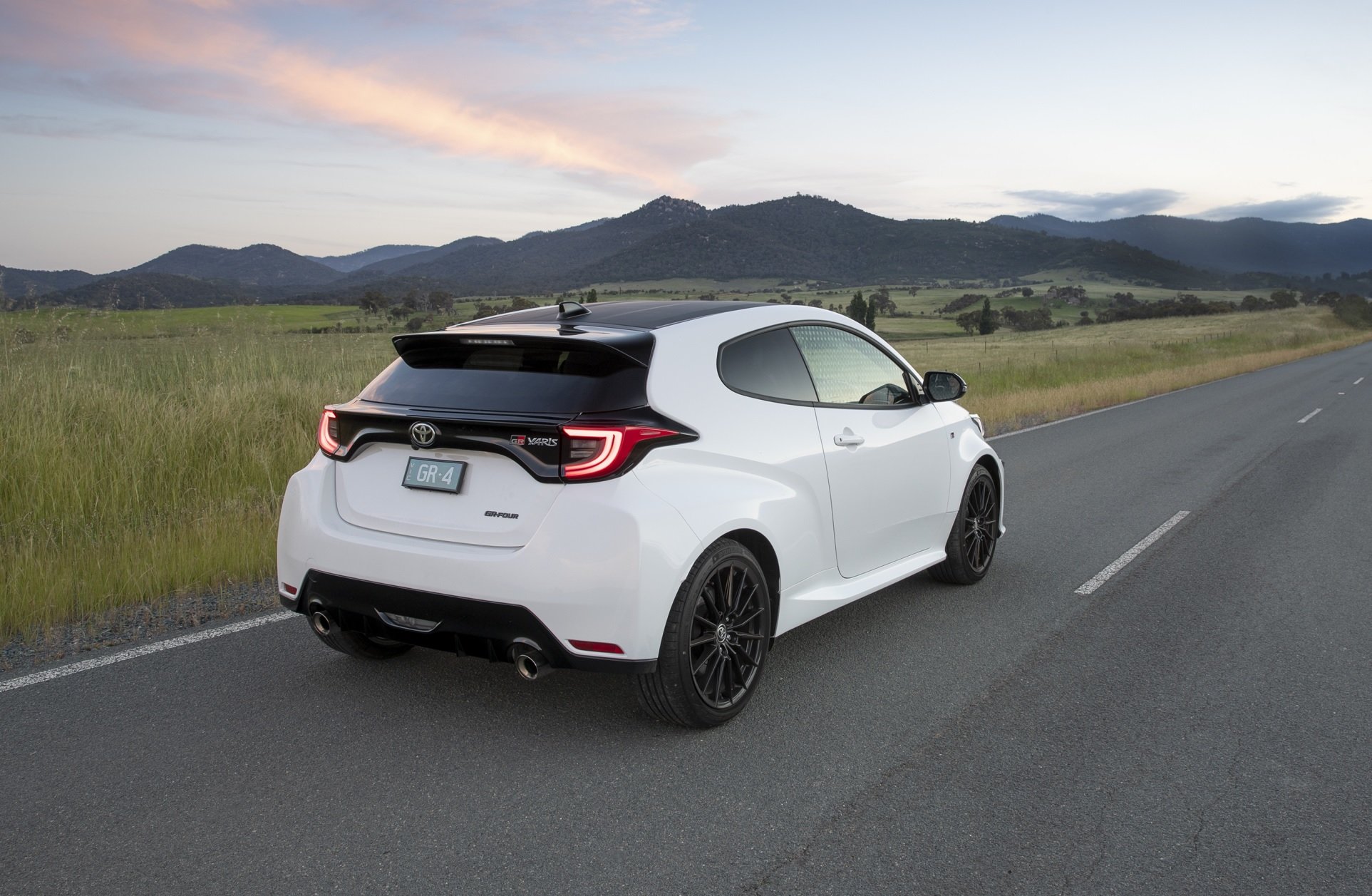
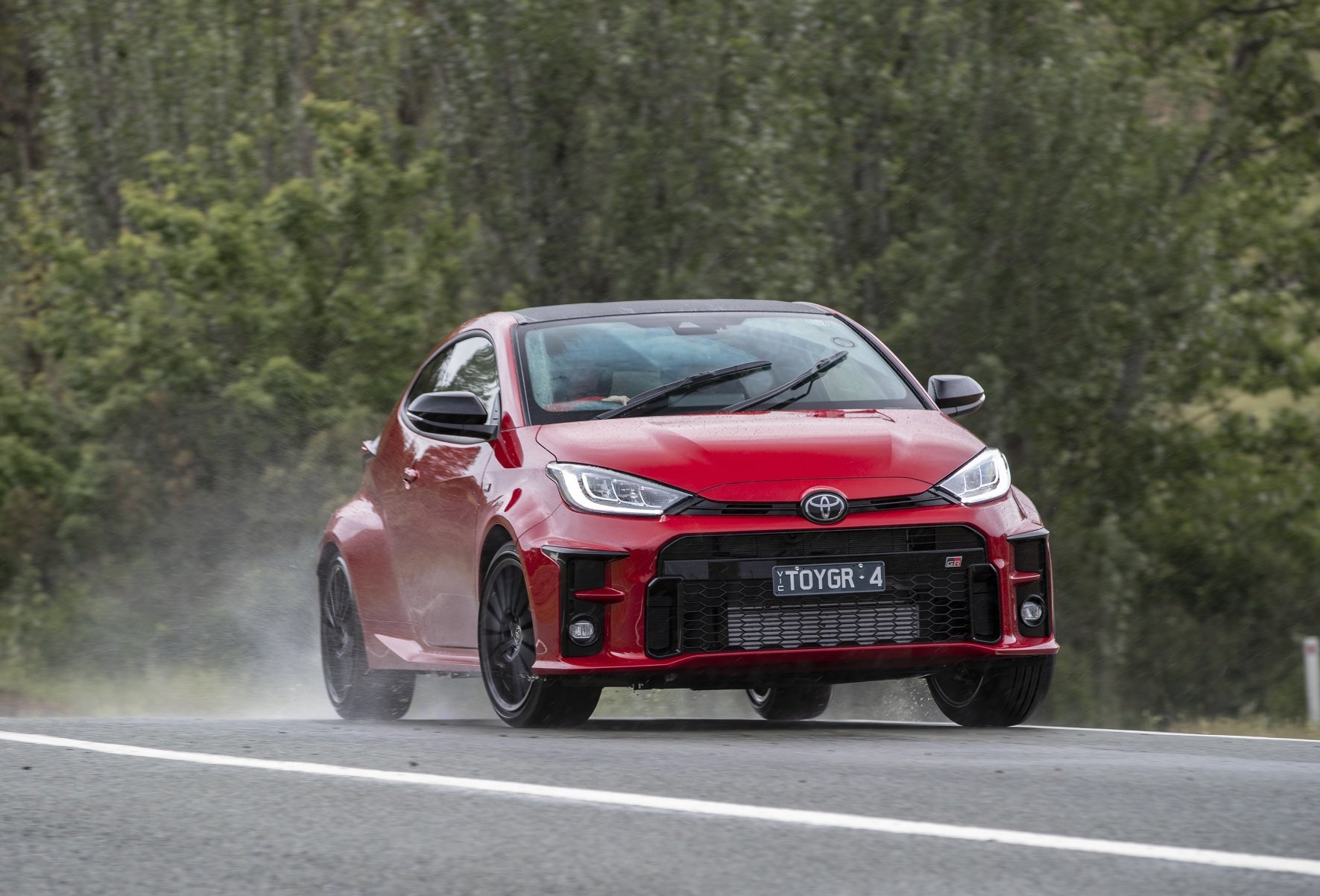









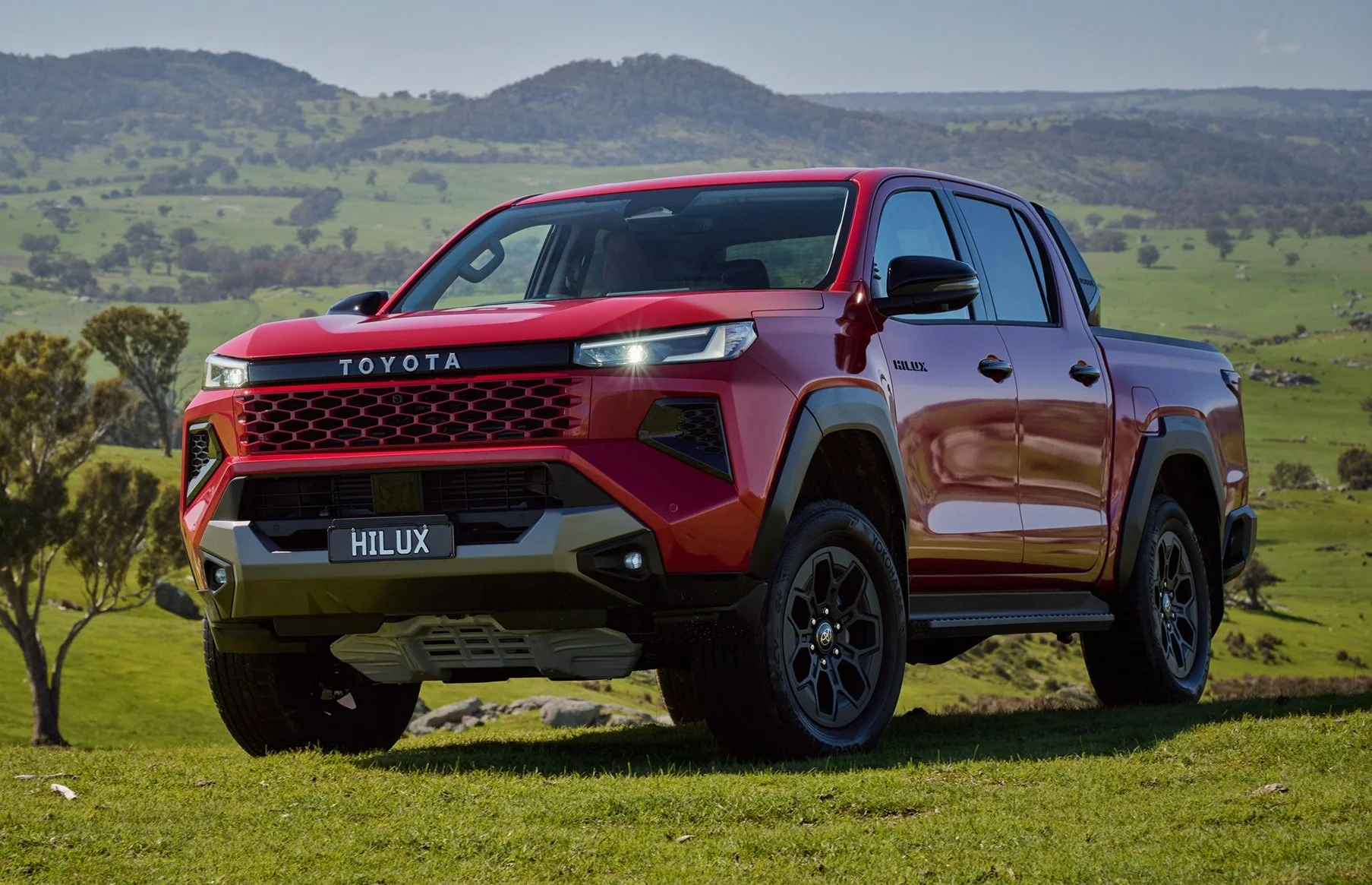


The MG ZS is a small SUV that offers such strong value to most buyers that it should be on your shortlist be default, even when shopping for a used car. But given that no car is perfect, the price could easily distract from its drawbacks.